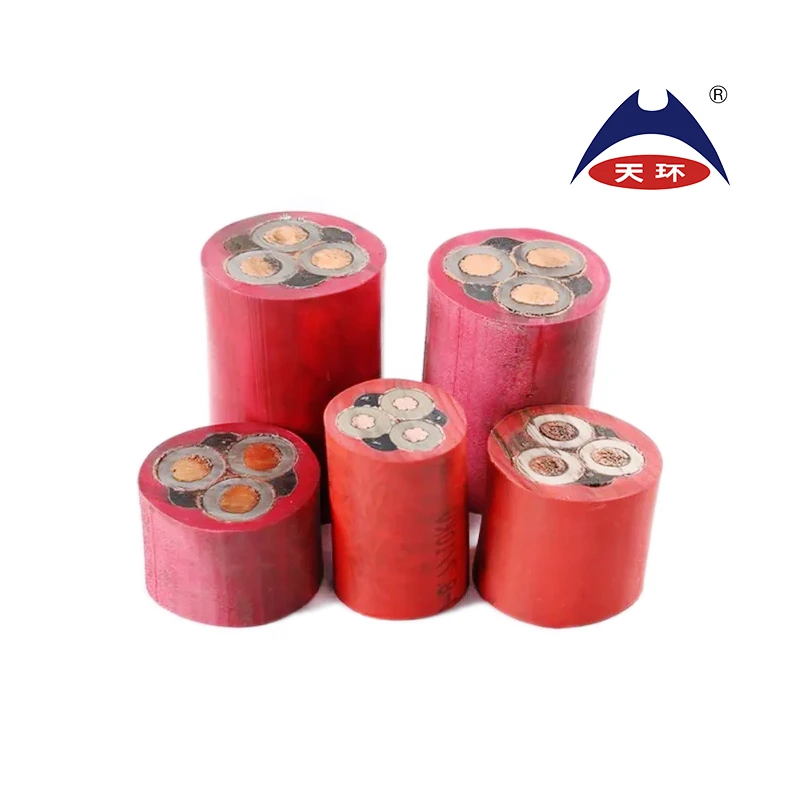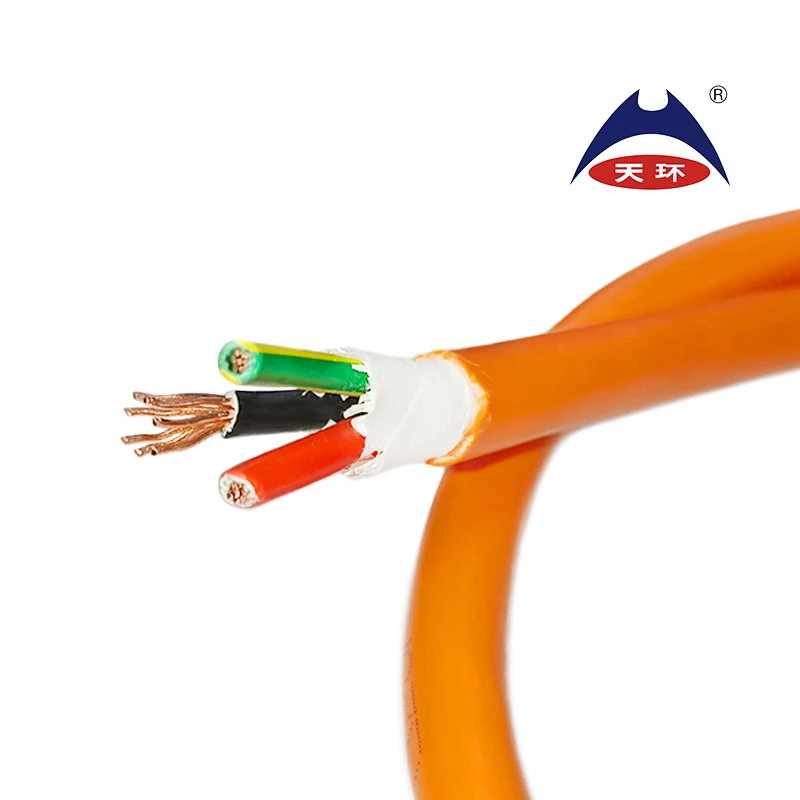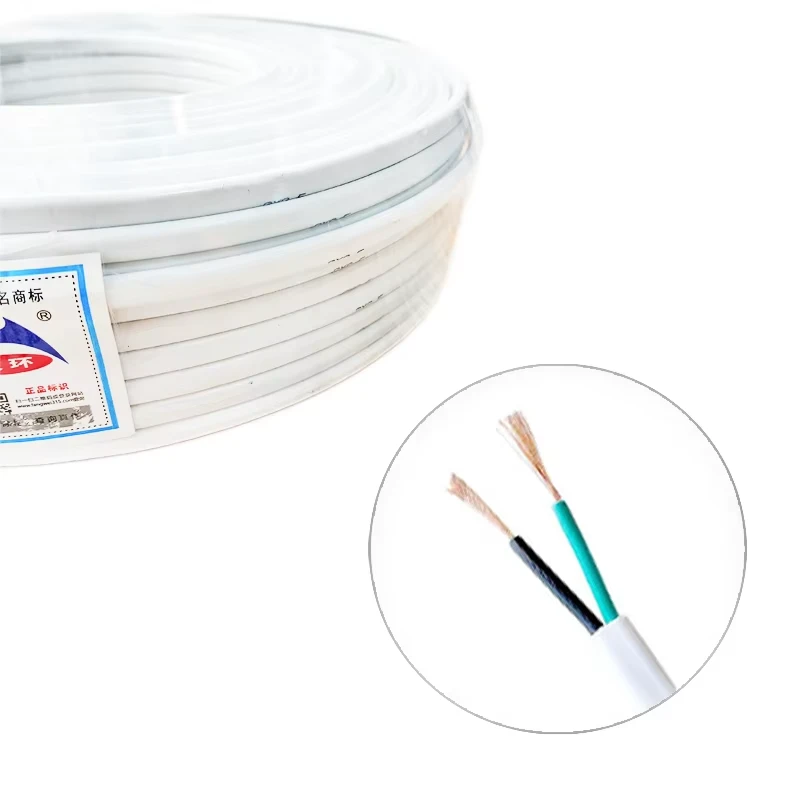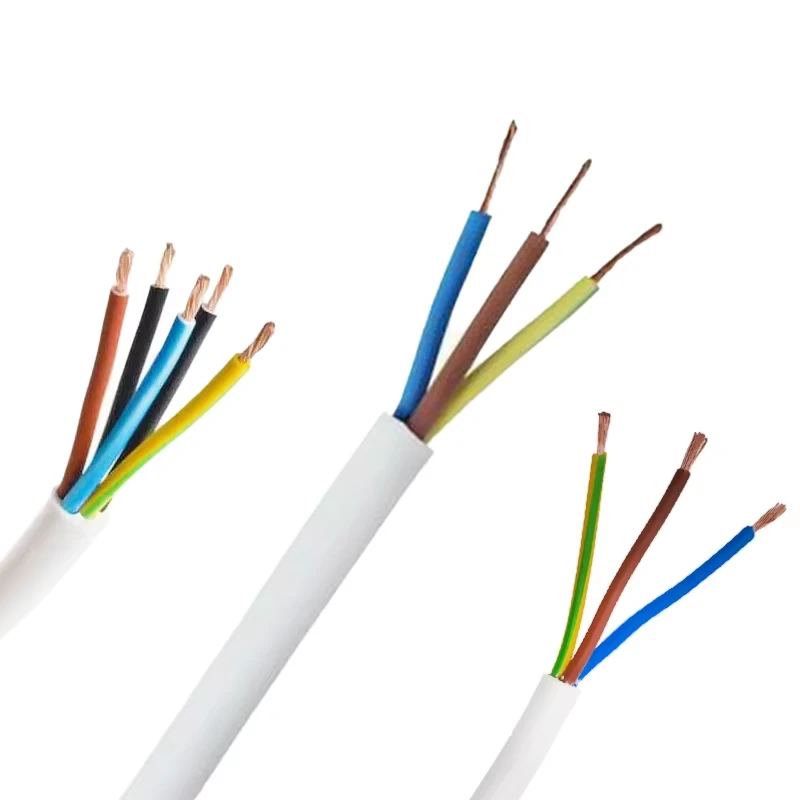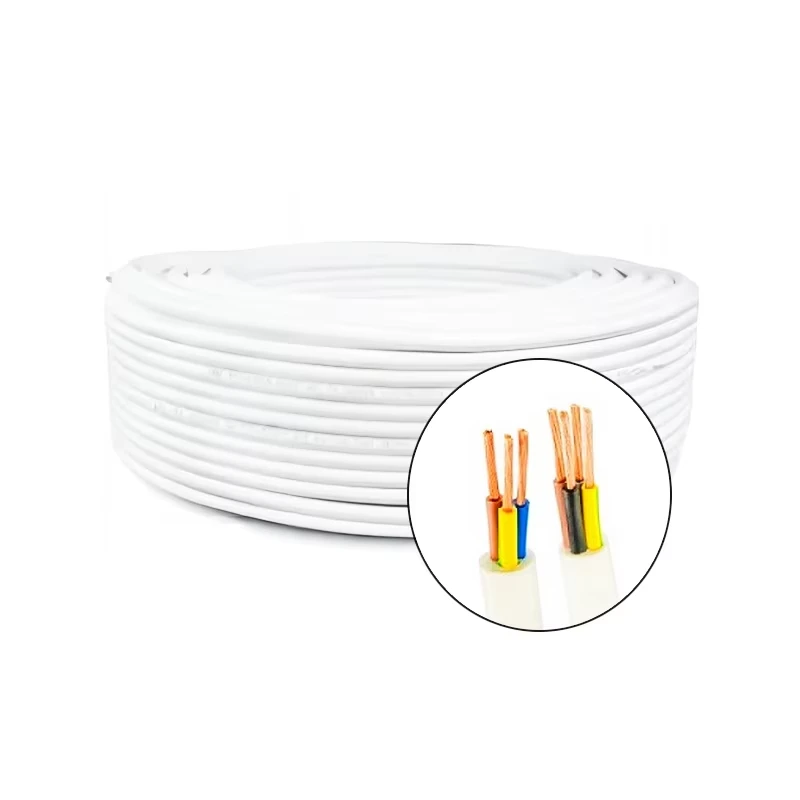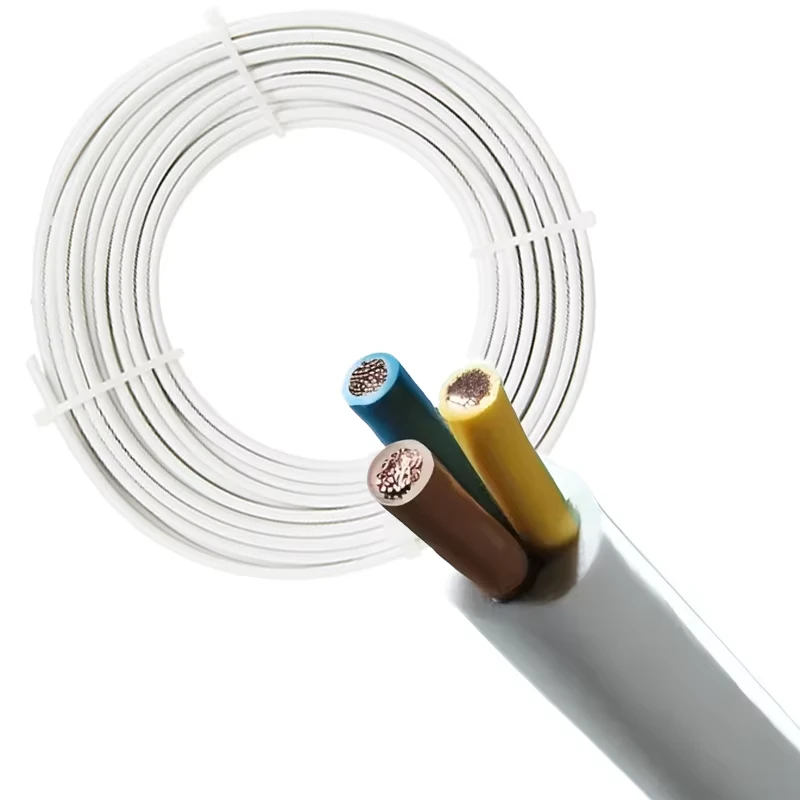
Choosing the Right Building Cable
Selecting the appropriate building cable is crucial for ensuring safety, efficiency, and longevity in electrical installations. As a leading manufacturer with ISO 9001 certification, Tianhuan Cable Group provides professional guidance on choosing between various building electrical wire options and understanding different building wire types to meet specific project requirements.
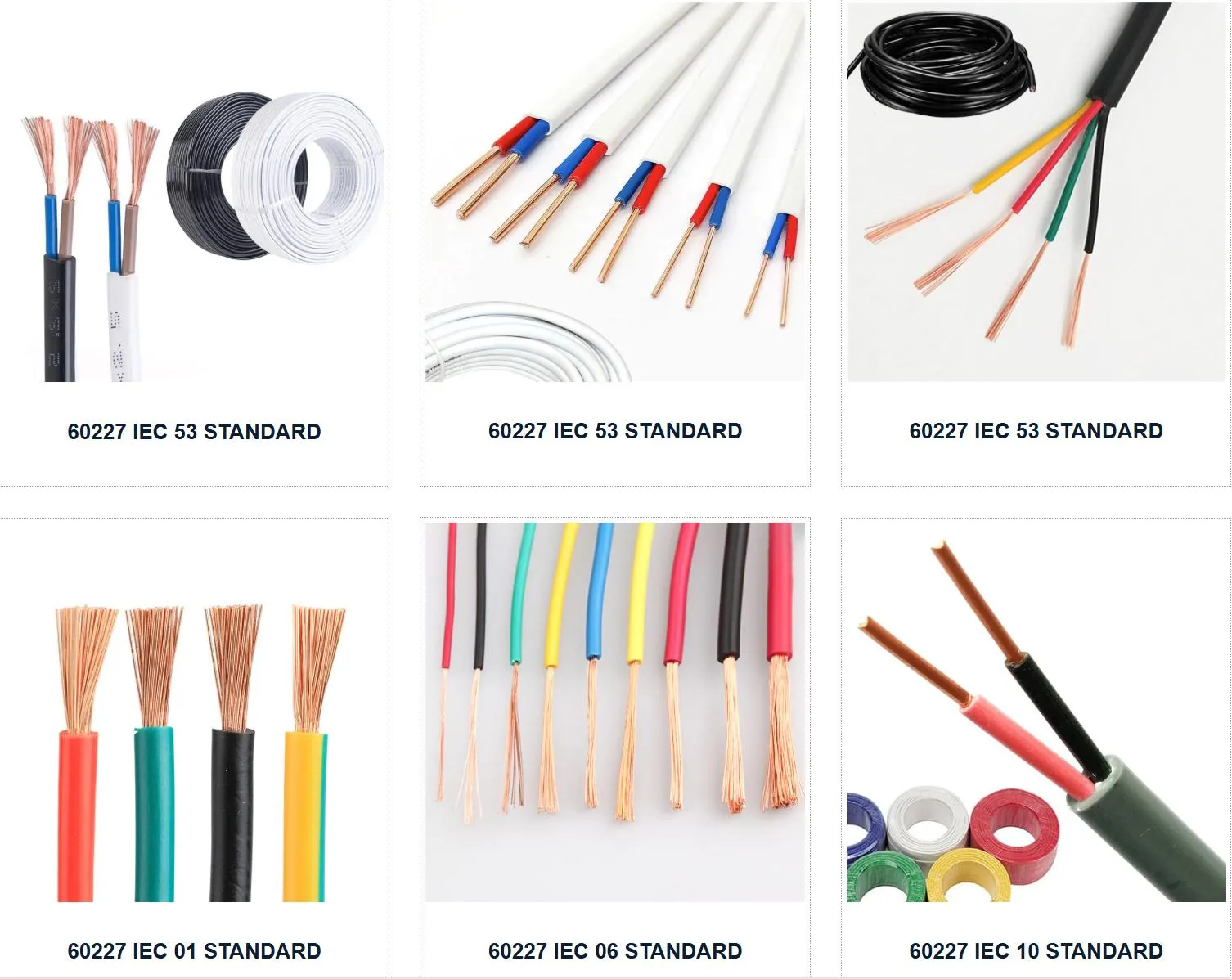
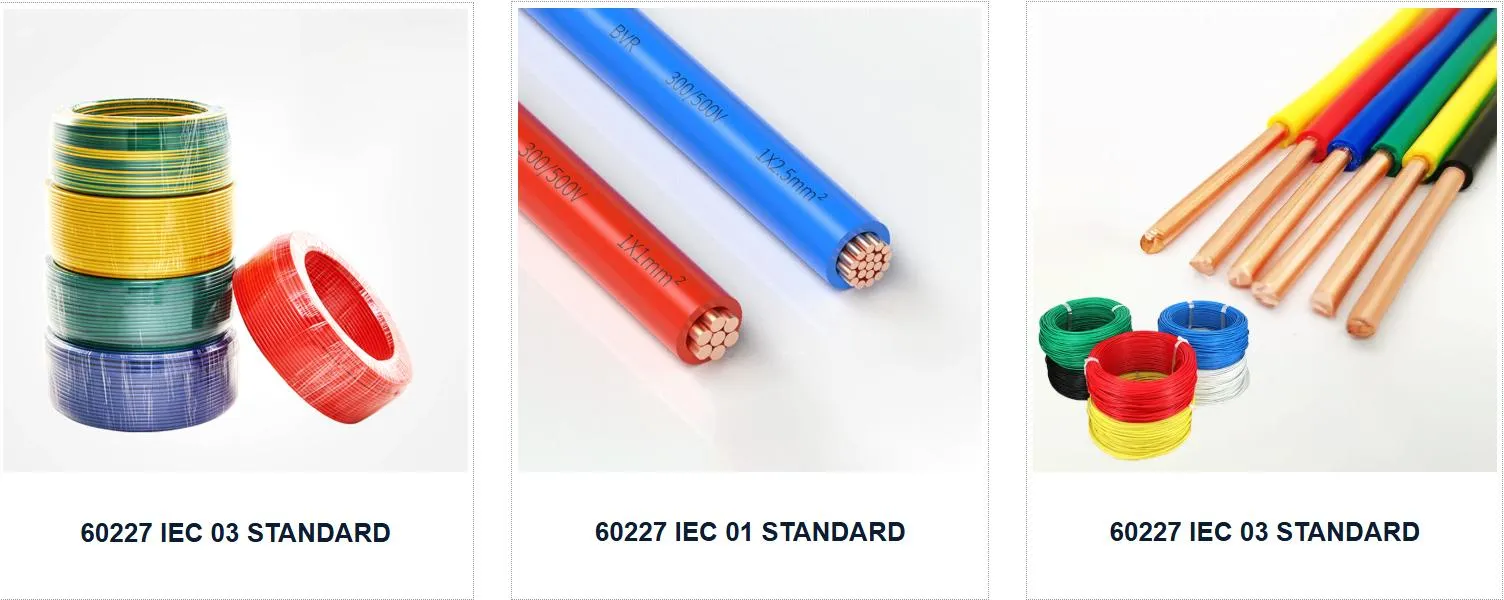
Building Cable Selection Criteria
- Current carrying capacity- Choose building cable with proper ampacity ratings for the intended electrical load
• Voltage rating - Select building electrical wire that matches or exceeds the system voltage requirements
• Environmental conditions - Consider temperature, moisture, and chemical exposure when selecting building wire types
• Installation method - Determine whether the building cable will be installed in conduit, trays, or direct burial
• Safety certifications - Verify building electrical wire meets relevant standards like CCC, UL, or CE
Building Electrical Wire Material Options
- Copper conductors- Premium building cable with excellent conductivity and corrosion resistance
• Aluminum alternatives - Cost-effective building electrical wire for large-scale projects
• PVC insulation - Standard building wire types for general purpose applications
• XLPE insulation - Enhanced building cable for higher temperature resistance
• Halogen-free compounds - Special building electrical wire for improved fire safety
Building Wire Types for Specific Applications
- Residential wiring - Flexible building cablewith easy installation properties for homes
• Commercial installations - Durable building electrical wire for office buildings and retail spaces
• Industrial facilities - Heavy-duty building wire types resistant to oils and chemicals
• Plenum rated cables - Low-smoke building cable for air handling spaces
• Outdoor rated wires - UV-resistant building electrical wire for exterior applications
Building Cable Safety Considerations
- Fire resistance- Select flame-retardant building wire types for enhanced safety
• Smoke emission - Choose low-smoke building cable for occupied spaces
• Toxicity levels - Prefer halogen-free building electrical wire in enclosed areas
• Mechanical protection - Consider armored building wire types where physical damage may occur
• Grounding requirements - Ensure proper building cable selection for grounding systems
Building Electrical Wire Installation Factors
- Conduit fill capacity- Follow codes for maximum building cable fill percentages
• Bending radius - Maintain proper bend radii for different building wire types
• Support spacing - Install appropriate supports for building electrical wire runs
• Termination methods - Use proper techniques for connecting building cable
• Testing procedures - Verify all building wire types after installation
Building Cable FAQS
Q: What key differences exist between building cable and building electrical wire in residential wiring?
A: Building cable typically refers to multi-conductor assemblies with insulated wires bundled in a protective sheath, ideal for power distribution in walls or ceilings. Building electrical wire, meanwhile, often denotes single-conductor wires (like THHN/THWN) used for branch circuits. Cables simplify installation for entire circuits, while wires offer flexibility for custom connections—both must comply with NEC or local codes for residential safety.
Q: How do building wire types like NM-B and Romex impact commercial construction projects?
A: Building wire types such as NM-B (non-metallic sheathed cable) are standard for residential use, but commercial projects often require tougher variants like MC (metal-clad) or AC (armored cable) for fire resistance and physical protection. Understanding wire types ensures compliance with commercial codes, such as using plenum-rated cables in air-handling spaces to minimize smoke emission in emergencies.
Q: What factors should architects consider when selecting building cable and building electrical wire for green buildings?
A: For sustainable projects, architects should prioritize building cable with low-smoke, halogen-free insulation and building electrical wire made from recycled copper. Types like XHHW-2 (heat-resistant thermoplastic) reduce energy loss, while solar-rated wires in photovoltaic systems enhance renewable integration. Certifications like LEED or BREEAM often require such eco-friendly wire types.
Q: Can building wire types designed for interior use be adapted for outdoor building cable installations?
A: No—outdoor building cable needs weather-resistant jackets (like UF-B for direct burial) or sunlight-resistant insulation, while interior building wire types lack these protections. Exterior cables must also withstand moisture and temperature swings, whereas indoor wires focus on fire retardancy. Always specify outdoor-rated cable types to prevent degradation and safety hazards.
Q: How do installation codes vary for building electrical wire versus pre-assembled building cable in multi-story buildings?
A: Building electrical wire installed in conduits requires precise spacing and grounding per NEC Article 314, while pre-assembled building cable (like multi-conductor tray cables) follows Article 392 for support and firestopping. Multi-story projects often use vertical cable trays for efficiency, but wire-by-wire installations allow more flexibility in complex layouts—both must meet fire-stopping requirements between floors.
Welcome to Tianhuan Cable Group Co., where innovation meets reliability! Since 2000, we've been powering progress from Ningjin County, Hebei, with a massive 302 million CNY registered capital and 110,000㎡ facilities. Our 15 advanced low-voltage production lines and 3 automated rubber lines ensure 100% qualified cables, trusted by State Grid, China Railway, and global clients across 28 Chinese provinces and international markets.
Crafting XLPE power cables, fire-resistant solutions, and custom wires, our ISO 9001/14001/45001-certified products blend "quality for survival, reputation for growth." With 30+ precision instruments and 97% satisfaction, we're not just manufacturing cables—we're engineering connections for smart grids, renewables, and infrastructure.
Join 200+ top industry peers and experience punctual delivery + 360° service. Light up your projects at www.thcable.com —where every cable carries 24 years of electrifying excellence.
-
Reliable LIYCY Cable Solutions for Low and Medium Voltage ApplicationsニュースJul.14,2025
-
Premium Overhead Electrical Wire Solutions for Low and Medium Voltage ApplicationsニュースJul.14,2025
-
Innovative XLPE Electrical Cable Solutions for Modern Low and Medium Voltage NetworksニュースJul.14,2025
-
High-Quality Ethylene Propylene Rubber Cable – Durable EPDM Cable & 1.5 mm 3 Core OptionsニュースJul.14,2025
-
Exploring the Versatility of H1Z2Z2-K 1X4mm2 Cables in Modern ApplicationsニュースJul.14,2025
-
Uses of Construction WiresニュースJul.14,2025
-
Types of Neoprene CableニュースJul.14,2025





